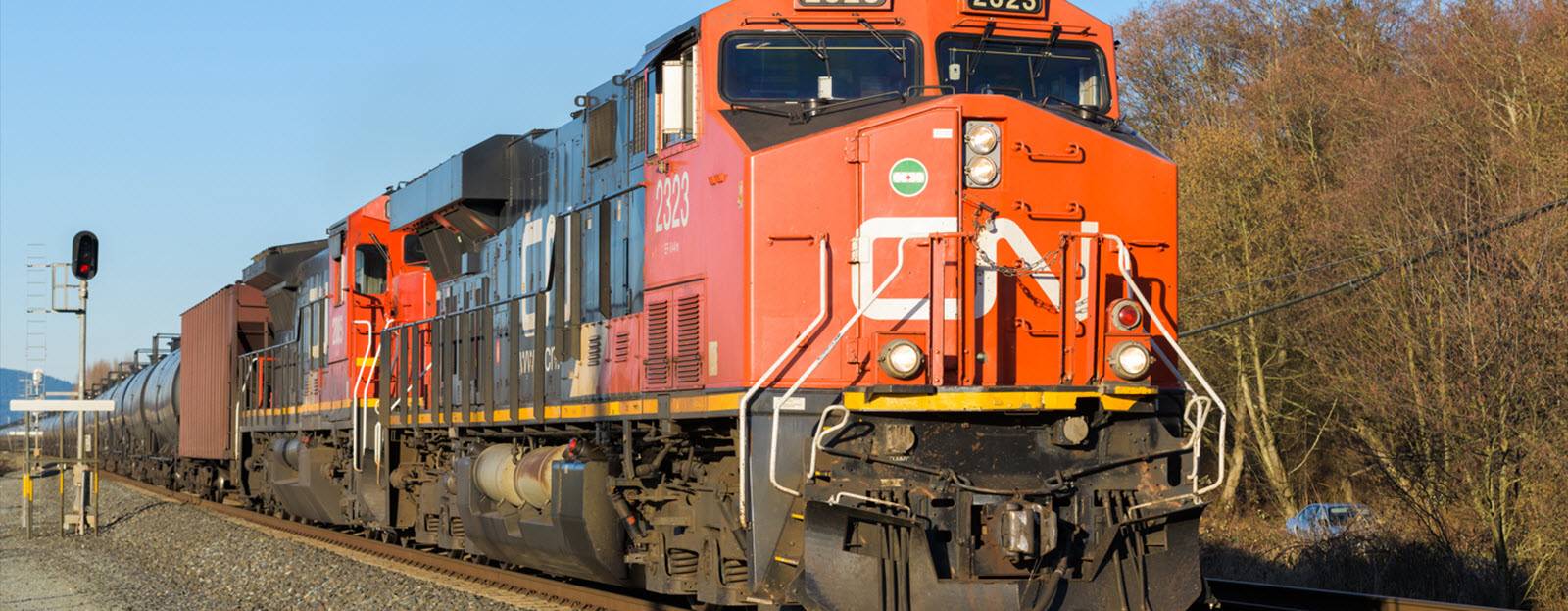
In late July, the Canadian National Railway Company (CN) published its 2022-2023 Grain Plan, a report that describes the rail company’s plans for the upcoming year.
CN is a Canadian Class I freight railway headquartered in Montreal, Quebec, serving Canada and the midwestern and southern US.
Essential to the economy, to the customers, and to the communities it serves, each year CN transports over 300 million tons of natural resources, manufactured products, and finished goods throughout North America.
Founded in 1919, It is the only railroad connecting Canada’s eastern and western coasts with the southern US via a 18,600-mile rail network.
Via its 2022-2023 Grain Plan report, CN said that it will add rolling stock, locomotives, and invest in network capacity and recruitment of crew members.
It will also encourage the use of network access to major ports in the east to support its forecasted crop. It also has plans to ensure that the western Canadian grain crop—expected to rebound from last year’s drought-impacted levels—is moved in a timely manner to better ensure global food security.
Tracy Robinson, the Chief Executive Officer of CN said, “The strength of our agriculture sector is critical to Canada’s economy and to feeding the world.
“Our team at CN is confident that the adjustments we have made to our operations and planning heading into this Fall, combined with the investments made with an eye to future economic growth, will enable us to deliver strong results in 2022–23 for western Canadian agriculture.”
The CN 2022-2023 Grain Plan details how it will meet the forecasted demand from the Canadian grain sector in the new crop year.
One way, per the report, is workforce recruitment, done by adding 57 new high horsepower locomotives and new rolling stock to support the delivery of grain and other commodities.
More trains means more labour required to run the trains and ancillary operations such as shunting and track maintenance.
The CN 2022-2023 Grain Plan acknowledges the company’s need to support the ag industry, but the iron horse transportation company also noted it is being pushed by growing demands from all economic sectors, and that to serve them all, it requires a better balance across all rail corridors to reach the upper end of the maximum sustainable supply chain capacity range.
To do that, CN said it needs to make better use of the eastern Canadian network, including Thunder Bay when the St. Lawrence Seaway System is open to navigation, and direct rail shipments to St. Lawrence River ports when the Seaway closes for winter.
CN stated that it will continue to add new high-capacity grain hopper cars to its existing fleet as part of ongoing capacity expansion, and to replace older less-functional cars.
The company said that it is adding 500 new covered hopper cars, and will bring on an additional 500 in the early part of 2023.
Through the remainder of 2023 and 2024, CN said it would take delivery of another 750 covered hoppers, each capable of carrying up to 15 percent more grain than less efficient legacy cars.
The company said that it would also be increasing its active operating crew base in western Canada, with plans in motion to hire an additional 500 new employees.
The Grain Plan is prepared annually on behalf of CN through an extensive consultation process and input from key stakeholders.
The Grain Plan reviews CN’s performance during the last crop year, assesses CN’s ability to move anticipated levels of grain during the upcoming crop year. It also explains specific steps CN is taking to ensure it has the capacity to move grain safely and efficiently on behalf of farmers, customers and supply chain partners, and to respond to the known and unknown challenges that North American winters bring.
The Canadian agri-business community has been disappointed by the efforts of CN and rival rail provider, Canadian Pacific Railway (CPR).
As noted in last issue’s CAAR Communicator magazine, the Canadian grain supply chain and economic industries are concerned that CN and CPR are a monopoly, and that the ag sector is at the mercy of the two rail companies.
Last season, the two railways were able to supply fewer than 50 percent of the railway cars required to move ag product during many of the weeks within the winter—it wasn’t a constant miscalculation, but it was enough for ag stakeholders to be worried about global food security.
At stake, is the concern that the two railways will be unable to move Canadian grain and crops through to its ports in a timely manner for national and international customers. Customers want goods when they want goods—not when the delivery vehicle feels it can make a delivery.
If product isn’t delivered on time as promised, customers—especially international ones—will decide that Canada is unreliable, and will look elsewhere to feed their hungry populace.
A recently-held Canada Grains Council Roundtable noted that the highest demand and best prices for Canadian crops occurs between December and March, and it depends on the railway systems to achieve that.
However, the Canadian grain industry believes that it is being hurt by CN and CPR’s inability to work within the agreed upon timeframe, hurting Canadian farmers.
As a two-piece monopoly, neither CN or CPR are being held accountable for their actions, or lack of actions.
However, with CN’s announcement via its 2022-2023 Grain Plan—we’ll see if CPR follows suit with something similar after the time of this writing—the issues facing Canadian farmers are at least being listened to and addressed.
Will it work out? Hopefully, but time will tell.

